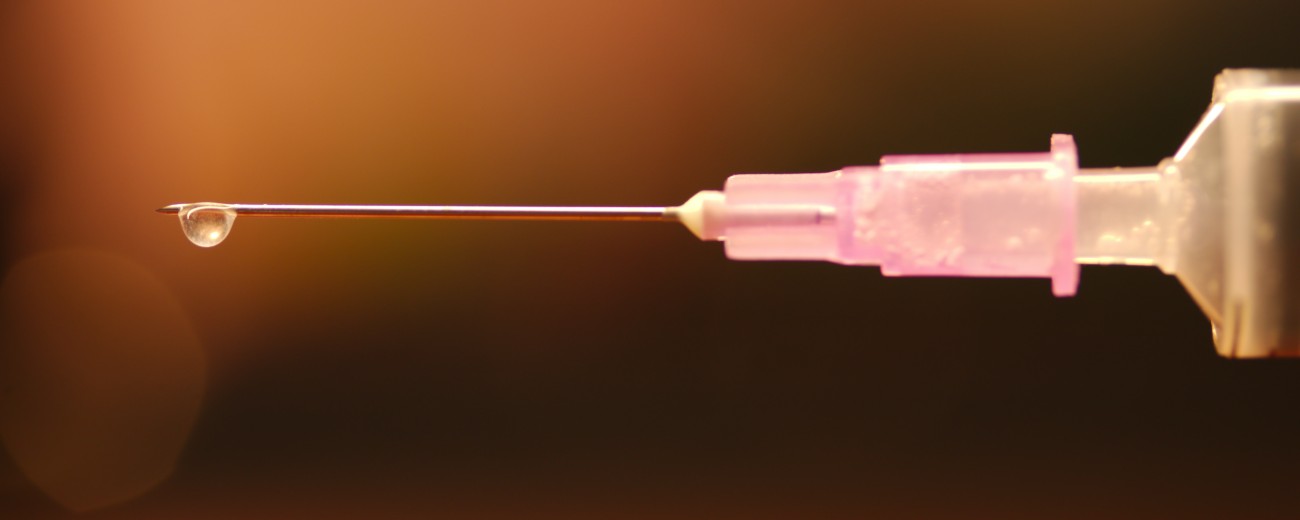The Growing Epidemic of Needle Reuse

Recently the issue of needlestick injury (NSI) hit the headlines in Adelaide, South Australia, when a girl of eight years was stuck by a used needle protruding from a sharps container in a service station toilet.
A shocking and unfortunate incident, after three months of testing thankfully the little girls has not contracted any of the deadly blood borne pathogens that are transmitted via used and infected needles. It could have easily been a different story and often is for those that suffer NSI.
The incident has started conversations all over Australia, that are equally as relevant all over the world, about the astounding prevalence of NSI, not only in Australia, but globally, and how relevant addressing this risk is to community safety as a whole.
The basic statistics are that every 60 seconds, six people in the world receive an NSI, and every day three people die from the direct result of a NSI injury. [1]
This same incident has also placed in the spotlight the availability of safety syringe technology, and how it can be used to drastically reduce the incidence of NSI.
However, another just as important and equally frightening pandemic is also emerging within this topic of conversation. This is the issue of needle re-use. A problem that can also be significantly reduced by safety syringes.
When we think of needle re-use, we mostly associate it occurring when people are using illicit drugs in an un-clean and often desperate setting. Or in under-developed nations where resources are sparse and education around this practice is limited.
However, recently it has come to light that this is not always the case and that needle re-use is occurring in settings where the consequences of what it can lead to are fully understood and that it is a budget and cost-savings exercise.
The below two links take you to two separate on-going incidences of recorded needle re-use that are incredibly frightening.
The first details the ‘One & Only Campaign’ that comes out of the United States of America. That’s right, a first-world nation grappling with needle re-use in settings that definitely understand the consequences. This campaign is a public health campaign, led by the Centers for Disease Control and Prevention (CDC) and the Safe Injection Practices Coalition (SIPC), to raise awareness among patients and healthcare providers about safe injection practices. They state that:
‘Since 2001, more than 150,000 patients in the United States have been notified of potential exposure to hepatitis B virus (HBV), hepatitis C virus (HCV), and HIV due to lapses in basic infection control practices. Many of these lapses involved healthcare providers reusing syringes, resulting in contamination of medication vials or containers which were used then on subsequent patients.’ [2]
The ‘One & Only Campaign’ has the goal of ensuring patients are protected each and every time they receive a medical injection through the safe injection practices of One Needle, One Syringe, Only One Time for each and every injection. A practice that one would assume in a country like the U.S.A is a common and mandated practice.
The second link talks specifically of a government hospital in Petaling Jaya, Malaysia that is knowingly re-cycling single use devices., like syringes, at the direct risk of patient safety to save money and extend the reach of their resources. [3]
Both articles bring attention to the issue of needle re-use and how prevalent it is, under a variety of circumstances, in the educated medical fraternity. It leads to the assumption that if it is happening here, it’s happening everywhere. A proverbial tip of very scary medical safety ice-berg.
Safety syringe technology, if used properly and responsibly, could greatly reduce the epidemic of needle re-use and provides yet another reason to mandate the compulsory use of this technology in medical settings and in other programmes where possible. The World Health Organisation (WHO) has stated that by 2020 they want every hospital and clinic in the world to use only “smart syringes” that are designed so they reduce the risk of needlestick injury and can't be used more than once. They rightly claim that the use of these sorts of safety syringes would reduce the spread of deadly blood-borne diseases. [4]
We at Numedico Technologies agree and support this initiative.
Articles and website that have been used in the writing of this blog
[1] WHO guideline on the use of safety-engineered syringes for intramuscular, intradermal and subcutaneous injections in health-care settings. WHO 2015
[2] http://www.oneandonlycampaign.org/about/the-campaign
[4] https://www.evernote.com/shard/s445/nl/76456195/4c24e7b1-c709-486c-930f-6066c5018a2e/
(Photo by: https://pharmajet.com/needle-reuse-global-problem-still-major-issue-u-s/)
Subscribe to Numedico News.




